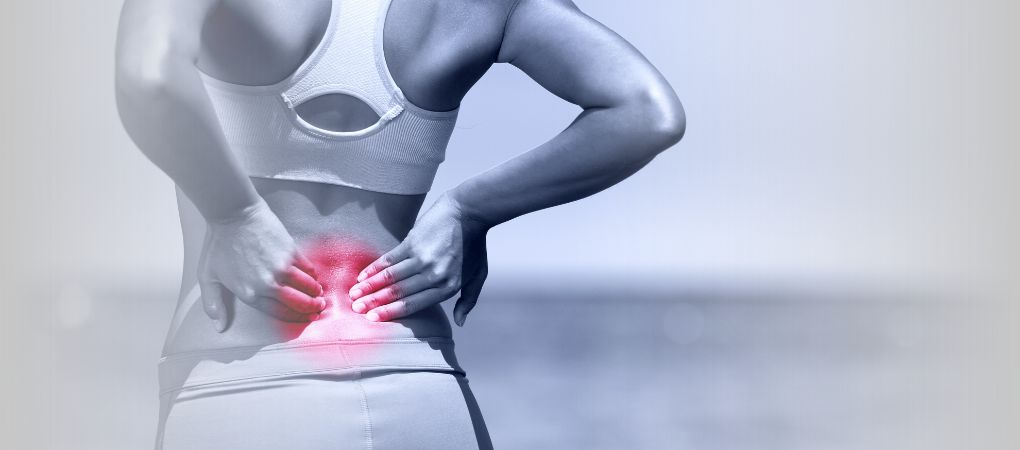Francesca Galiano
|
13/09/2023 - Last update 10/11/2023
Pawel Lizis, Wojciech Kobza, Jaroslaw Jaszczur-Nowicki, Damian Wisniewski | Year 2023
Osteopathic Manual Treatment Compared to Kaltenborn-Evjenth Orthopedic Manual Therapy for Chronic Low Back Pain: A Randomized Study
Pathology:
Low back pain
Type of study:
Randomized controlled trial
Date of publication of the study’:
2023/May/01

Purpose of the study
- Objectives: to compare the effectiveness of OMT with the effectiveness of Kaltenborn-Evjenth orthopedic manual therapy in the treatment of chronic low back pain.
- Measured outcomes:
- Primary outcomes: pain assessment through Numeric Pain Rating Scale-11 (NPRS).
- secondary outcomes: disability assessment through Oswestry Disability Index (ODI).
Participants
- Number: 68 people, (34 female and 34 male)
- Criteria of inclusion: age between 30 and 60 years; people with stable jobs; affected with low back pain for most of the days during the 3 months prior to the study; consent to receive OMT or Kaltenborn-Evjenth orthopedic manual therapy.
- Criteria of exclusion: medical history of cancer, urinary infections, spinal fractures, lumbar radiculopathy, use of corticosteroids in the months prior to the study; recent lumbar surgery; use of manual therapies in the three months prior to the study or more than three times in the year prior to the study; women who were pregnant or planned to become pregnant during the time of the study.
- Groups of study: 2 groups obtained by randomization
- Group 1: OMT, 34 people (9 female e 25 male, mean age 50.6 years).
- Gruppo 2: Kaltenborn-Evjenth, 34 people (14 female and 20 male, mean age 49.1 years).
Interventions and evaluations
- Assessment of pain by NPRS and disability by ODI at the beginning of the study and 7 days after the end of treatments.
- 2 weekly 30-minute sessions for 5 weeks. In each treatment, the techniques were repeated 3 times.
- OMT: high-velocity and low-amplitude techniques, strain counterstrain, myofascial release and visceral mobilization.
- Kaltenborn-Evjenth: lumbar segmental traction and lumbar segmental mobilization.
- Each treatment was performed by a physiotherapist with 15 years of experience, specializing in mobilizations of osteopathic kind and recognized as a specialist in musculoskeletal physiotherapy.
Results
- Primary outcomes: in both groups pain decreased, but it decreased more in the OMT group in a statistically significant manner and with a large effect size. Sub-analyses on current pain, on mildest pain experienced in the past 24 hours and strongest pain experienced in the past 24 hours, confirmed the results in favor of OMT.
- Secondary outcomes: in both groups, disability decreased, but it decreased more in the OMT group and in a statistically significant manner and with a large effect size (effective magnitude of effect). An analysis of post-intervention disability levels showed statistically significantly fewer people with high disability in the OMT group than in the group with Kaltenborn-Evjenth therapy.
- Further analyses: During the study, patients did not need drugs or other therapies to relieve pain, and no adverse effects emerged.
Discussion
Both OMT and Kaltenborn-Evjenth orthopedic manual therapy have been shown to be able to reduce pain and disability in chronic low back pain, but OMT showed greater decreases with statistical significance, and patients showed clinical improvement in their health.
Consequently, OMT can be recommended as primary therapy in chronic low back pain.
It is unlikely that symptoms subsided spontaneously, since one of the inclusion criteria was precisely their presence for most of the time during the week of pain prior to the study. Therefore, the effects highlighted in the study in favor of OMT may result from neuromuscular system release and autonomic rebalancing induced by visceral manipulation. OMT may have inhibited nociceptive activity by regulating muscle tension.
The study has some advantages, including: all treatments were performed by the same physiotherapist, who was blinded to the measured outcomes; participants received similar interventions in duration and mode of contact. On the other hand, the study had a very short follow-up (1 week) and the sample was small anyway.
Therefore, the results of the study should be considered preliminary and useful for: defining future larger and more robust studies; enabling clinicians and patients to consider OMT as a suitable therapy in chronic low back pain.
The review of Osteopedia
By Marco Chiera
Strengths: detailed introduction; good description of study methodology; accurate description of techniques used; adverse effects were evaluated; albeit brief, good analysis of study strengths and limitations; definition of only one primary outcome; interesting the evaluation that none of the patients had to resort to other pain-management methods during the course of the study.
Limits: it would have been better to highlight how adverse effects and the use of pain-relieving methods were measured, instead of simply reporting that there were none; the discussion does not refer to the studies – which also included systematic reviews – on the efficacy of OMT that had previously been metioned in the introduction; the authors speak of “pain receptors” when it is more appropriate to speak of nociceptors since pain is not a sensation or stimulus, but a processing of the whole body and a complex experience.

Are you an osteopath?
Register and enjoy the membership benefits. Create your public profile and publish your studies. It's free!
Register now
School or training institution?
Register and enjoy the membership benefits. Create your public profile and publish your studies. It's free!
Register now
Do you want to become an osteopath? Are you a student?
Register and enjoy the membership benefits. Create your public profile and publish your studies. It's free!
Register now







